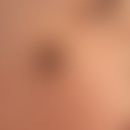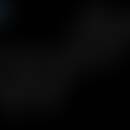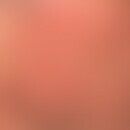DefinitionThis section has been translated automatically.
There are many different types of algae:
Bladderwrack - Fucus vesiculosus L.; saw seaweed - Fucus serratus L.; knotted seaweed - Ascophyllum nodosum Le Jol.; reed seaweed - Fucus elongatus L
A distinction is made between green algae, brown algae, red algae and microalgae, see also purple red algae
The salt of the alginic acid obtained from various brown algae, the alginates, are used in the food industry as thickeners, gelling agents, emulsion stabilizers and in medicine as protective colloids.
The dried algae body (thallus) is used phytotherapeutically. It is important to note that seaweed may contain iodine in varying concentrations, as well as arsenic, lead, cadmium and mercury.
HMPC monograph: Traditional-use: during a calorie-reduced diet for weight reduction
ESCOP: not processed
Commission E: negative decision, with insufficient evidence of efficacy, from a dosage > 150 µg iodine/day triggering or worsening of hyperthyroidism
Empirical medicine: in the past: iodine therapy for hypothyroidism, as a slimming agent (increase in basal metabolic rate due to increased production of thyroid hormones through iodine intake) - now obsolete from a safety pharmacological point of view.
Brown algae are also used to treat obesity, arteriosclerosis, constipation and rheumatism. Also used as an additive in toothpastes, hair lotions, moisturizing face creams and peeling masks. It is also added to fruit juice drinks, but also used as animal feed, fertilizer, sprays and for extracting iodine.
General informationThis section has been translated automatically.
Not suitable for children and adolescents under 18 years, not during pregnancy and lactation.
Caution in case of allergy to any of the ingredients
You might also be interested in
Ingredient(s)This section has been translated automatically.
Fluctuating iodine content: 0.03 - 0.1 % either as an inorganic salt or bound to proteins or lipids, or in the form of iodoamino acids. Alginic acid (a polysaccharide of the cell wall, up to 30 %), laminarin, fucans, fucole, fucophloretols, phlorotannins. Please note: seaweed also accumulates arsenic and heavy metals (lead, cadmium, mercury).
Note(s)This section has been translated automatically.
If necessary, impairment of thyroid replacement therapy due to iodine content.
LiteratureThis section has been translated automatically.
- https://www.ema.europa.eu/en/documents/herbal-monograph/final-community-herbal-monograph-fucus-vesiculosus-l-thallus_en.pdf
- https://arzneipflanzenlexikon.info/tang---algen.php
- https://www.heilpflanzen.online/pflanzenportraits/blasentang/
- Miller LG (1998) Herbal medicinals: selected clinical considerations focusing on known or potential drug-herb interactions. Arch Intern Med. 9;158(20):2200-2211. doi: 10.1001/archinte.158.20.2200. PMID: 9818800
Blaschek W (2015) Wichtl tea drugs and phytopharmaceuticals. A handbook for practice. Wissenschaftliche Verlagsgesellschaft Munich. S 269-271




